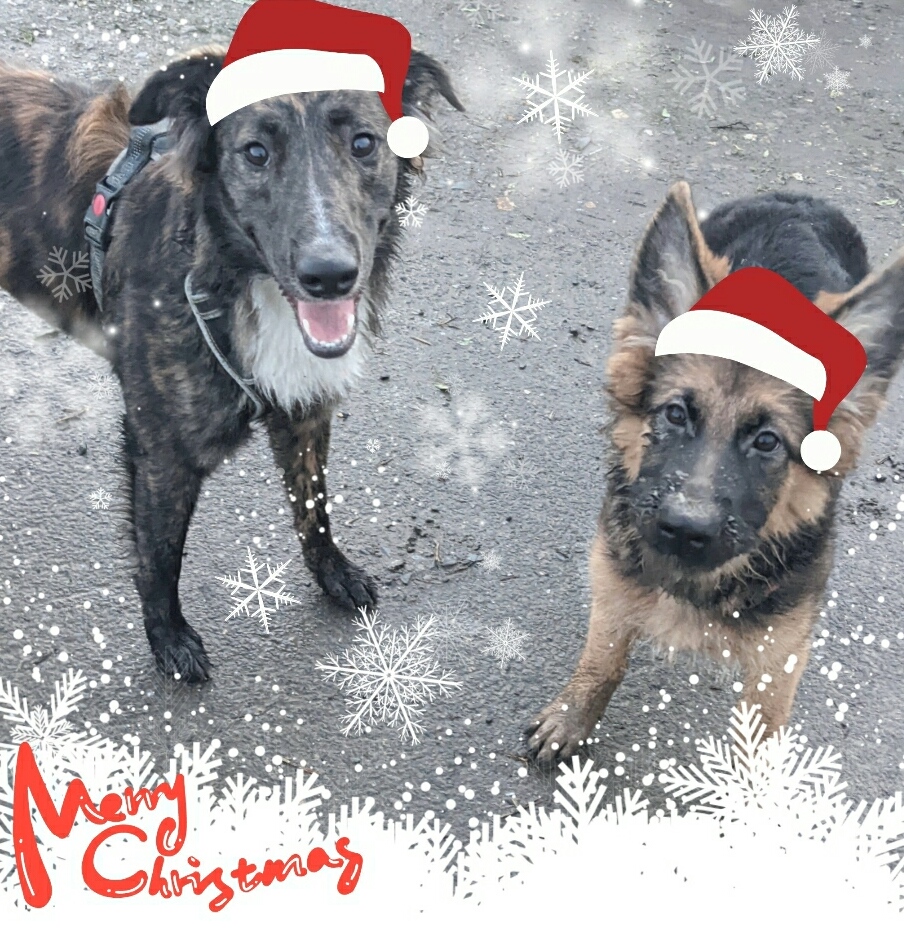Once upon a time… dog breeds (2)
Once upon a time, there lived different types of animals – in addition to or the ancestors of the ones we know know and love today…
So we all know animal species become extinct and I’ve written many posts about threatened/ endangered species; but what about those species that are still around but have just lost some types/ breeds along the way?
Focusing, for a few posts, on dog breeds that once were but now no longer exist; here are the a few in our exploration of extinct dog breeds…
Click here for Once upon a time… dog breeds (1)
Kurī
A Polynesian dog breed, named from the Māori language, “Kurī Māori” meaning “ordinary dog”. The word “kurī” meaning “dog” or “four-legged animal”.
The Kurī was used alongside pigs and chickens as a protein food source; thought to have been bred for food as well as companionship.
It is thought to have gone extinct in the 1860’s when European settlers came to New Zealand; seemingly unable to survive interbreeding with European dog breeds that had been introduced with the settlers.
In Māori mythology, the first dog was made by the demigod, Māui (yes, I thought of Moana too). It is said that Māui, annoyed with his brother-in-law, Irawaru, turned him into the first dog or kurī.
Said to be approximately 20-30cm to the shoulder, in height, and weighting in at 13-15kg. Compared to the modern-day Border Collie in size, with terrier features, stumpy legs and a bushy tail. The Kurī breed was said to have howled in a similar way to that if a fox, as opposed to have stereotypically barked like most modern dog breeds today.
The last known specimen was taxidermied for display in The New Zealand Museum Te Papa Tongarewa in 1924.

Further images of the Kurī on display at The New Zealand Museum can be found on their website, here.
Bullenbeißer (Bullenbeisser)
Bullenbeißer or Bullenbeisser meaning “bull biter” was also known as the German Bulldog. It is said to have been like the modern-day Dogo Argentino (banned in the UK under the Dangerous Dogs Act 1991 despite the breed not being in the UK at the time) in appearance and usage. As the name suggests, this dog was bred for bull fighting and other similar usage.
The Bullenbeißer was bred in two sizes (being two regional varieties), the larger Danziger Bullenbeißer and the smaller Brabanter Bullenbeißer; varying between 40-70cm to the shoulder in height.

The Brabanter is said to have been used for cross breeding, to create new types of dog, and is thought to be an ancestor of the modern-day Boxer – three German breeders are said to have crossed them with Bulldog breeds from Great Britain, in the late 1870’s.
Turnspit Dog
Also known as the Kitchen Dog, Underdog, Cooking Dog or Wheeling Dog – sometimes known as the Vernepater Cur (meaning “the dog that spins the wheel”), this little dog breed was employed to work in kitchen, to run around on a wheel to keep the spit turning, to cook the meat. The wheel, not dissimilar (in my opinion) to a hamster wheel, was connected to the spit. These dogs would be used in shifts to avoid the over-exertion of one dog – often used in pairs to share the work.
Not too much is known about this dog breed due to a lack of record keeping, likely due to it being of low ranking as it was only used for kitchen/ cooking assistance. There are different speculations around the ancestor of this little dog; some believe it is the ancestor of the Dachshund, whilst others believe it is the ancestor of the Welsh Corgi’s, and others believe it to be the ancestor of the Glen of Imaal Terrier.
The breed declined and eventually became extinct, following advancements in the kitchen, making these little dogs redundant in their job role. By the early 1900’s, mechanical turnspits had replaced these dogs.
The last known specimen of this breed, “Whiskey”, is taxidermied and on display in the Abergavenny Museum in Wales.

All images are either open source, Google images, or my own – or photos donated for use by the pet owners.
If you have any questions or comments; please post a comment below or contact Ali’s Answers via one of the social media pages:
• Instagram (@alis.animal.answers)
• Facebook (Ali’s Animal Answers)
• Twitter aka X (@AlisAnswers)
• LinkedIn (Ali Lloyd)
















